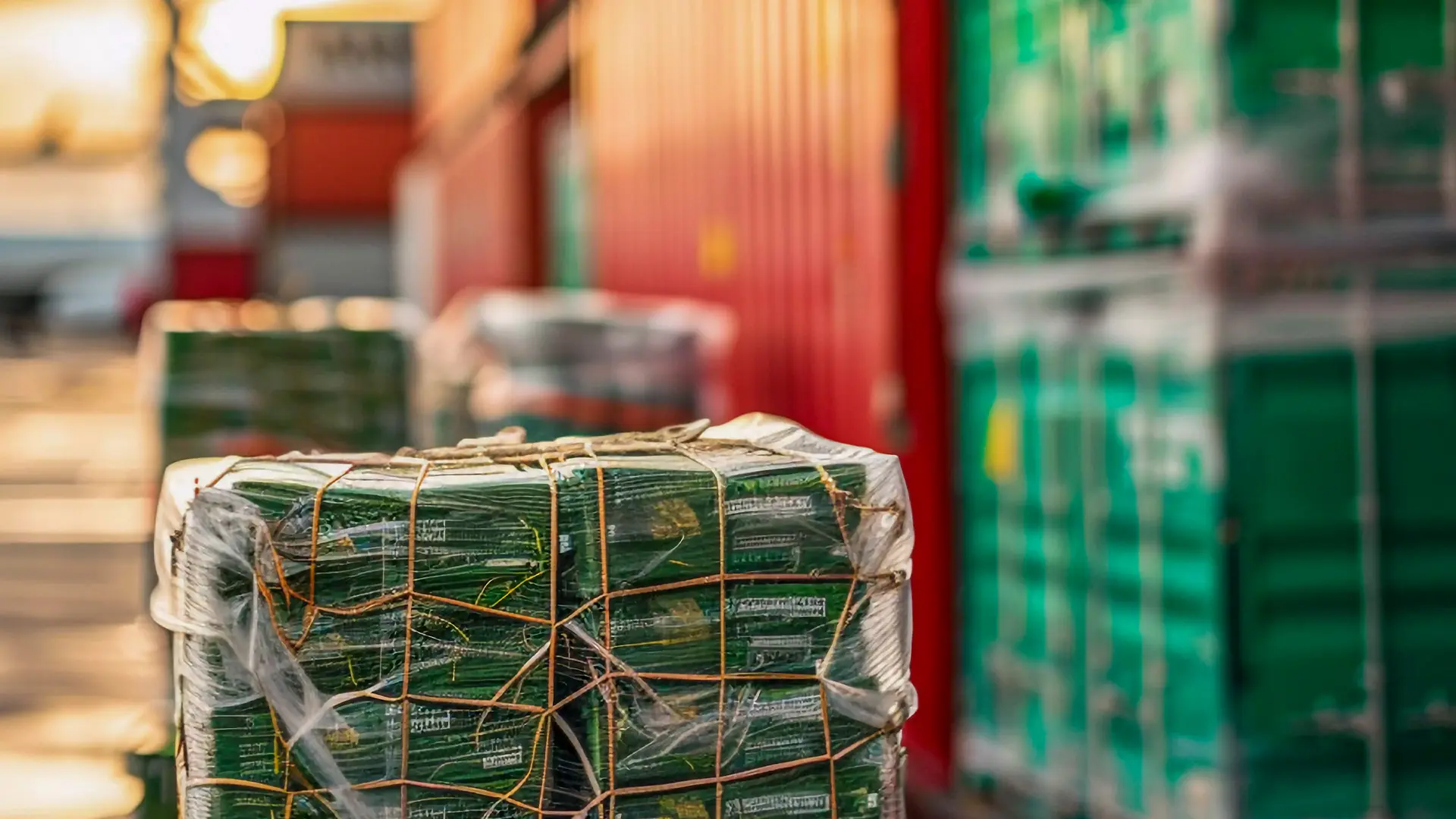Ultimate Guide to Common Shipping Terms for 2025: Understanding Incoterms
What Are Incoterms and Why Are They Important?
Incoterms (International Commercial Terms) are a set of internationally recognized rules that define the responsibilities of buyers and sellers in global trade transactions. These standardized terms, updated periodically by the International Chamber of Commerce (ICC), clarify who handles and pays for shipping, insurance, documentation, customs clearance, and other logistical activities.
Understanding Incoterms is essential for anyone involved in international trade as they:
- Reduce misunderstandings between trading partners
- Clearly define transportation costs and risk transfer points
- Establish legal responsibilities for both parties
- Streamline customs procedures and documentation
The 4 Most Commonly Used Incoterms in Global Trade
While there are 11 official Incoterms in the latest revision, these four terms dominate international shipping transactions due to their clarity, practical application, and widespread recognition.
1. CIF (Cost, Insurance, and Freight)
Most popular for: Sea and inland waterway transport
How it works:
- The seller delivers goods on board the vessel at the port of shipment
- Seller pays for carriage and insurance to the named destination port
- Seller provides necessary documents for import clearance
- Risk transfers from seller to buyer when goods are loaded onto the ship
- Buyer handles import duties and other charges at the destination
Best for: Buyers who prefer the seller to handle most of the international shipping logistics but want control at the destination.
2. FOB (Free on Board)
Most popular for: Sea and inland waterways, increasingly used for air and land transport
How it works:
- Seller delivers goods on board the vessel at the named port of shipment
- Seller bears all costs and risks until goods are loaded on the vessel
- Buyer arranges and pays for international carriage and insurance
- Risk transfers at the ship’s rail at the port of shipment
- Buyer handles all costs and risks from that point forward
Best for: Experienced importers who want to control the main carriage and can secure better freight rates.
3. EXW (Ex Works)
Most popular for: Domestic and international sales where buyers want maximum control
How it works:
- Seller makes goods available at their premises (factory, warehouse, etc.)
- Buyer handles all transportation arrangements and costs
- Buyer bears all risks from the seller’s premises to the final destination
- Seller provides minimal assistance with export documentation
- Buyer handles export and import clearance
Best for: Buyers with established logistics networks or those seeking the lowest possible purchase price.
4. DAP (Delivered at Place)
Most popular for: Land and air transport, door-to-door deliveries
How it works:
- Seller delivers goods to the named destination (terminal, warehouse, etc.)
- Seller bears all costs and risks of transportation to the destination
- Seller handles export clearance
- Buyer handles import duties, taxes, and customs clearance
- Risk transfers at the named place of destination
Best for: Buyers who prefer the seller to handle most logistics but want to manage import clearance.
Choosing the Right Incoterm for Your Shipping Needs
Selecting the appropriate Incoterm depends on several factors:
- Mode of transport: Some terms like CIF and FOB are designed specifically for sea freight
- Risk tolerance: Consider how much risk each party is willing to assume
- Logistics capabilities: Assess whether the buyer or seller has better shipping resources
- Cost control: Determine which party can secure better shipping rates
- Experience level: Less experienced traders may prefer terms with fewer responsibilities
Recent Updates to Incoterms in 2020 and Beyond
The latest major revision to Incoterms occurred in 2020, with several important changes:
- FCA now offers an additional option where the buyer can instruct their carrier to issue a bill of lading with an on-board notation
- Insurance requirements under CIF and CIP were differentiated
- DAT (Delivered at Terminal) was replaced by DPU (Delivered at Place Unloaded)
- Security-related obligations were clarified in all terms
Industry experts anticipate further refinements in future updates to address e-commerce logistics, sustainability requirements, and digital documentation.
Common Mistakes to Avoid When Using Incoterms
- Using sea-specific terms for other transport modes
- Failing to specify the exact location for risk transfer
- Not considering insurance gaps in certain terms
- Assuming all parties understand the chosen Incoterm
- Using outdated versions of Incoterms
Conclusion
Mastering these four common shipping terms—CIF, FOB, EXW, and DAP—will significantly improve your international trade operations. By selecting the appropriate Incoterm for each situation, you can optimize costs, minimize risks, and ensure smooth logistics operations across global supply chains.
For personalized assistance with shipping solutions and expert guidance on Incoterms, contact our logistics specialists today.

